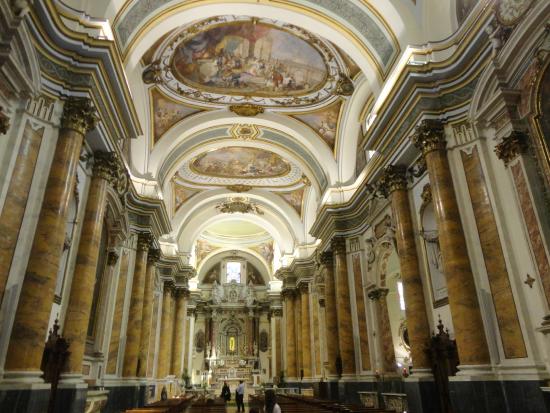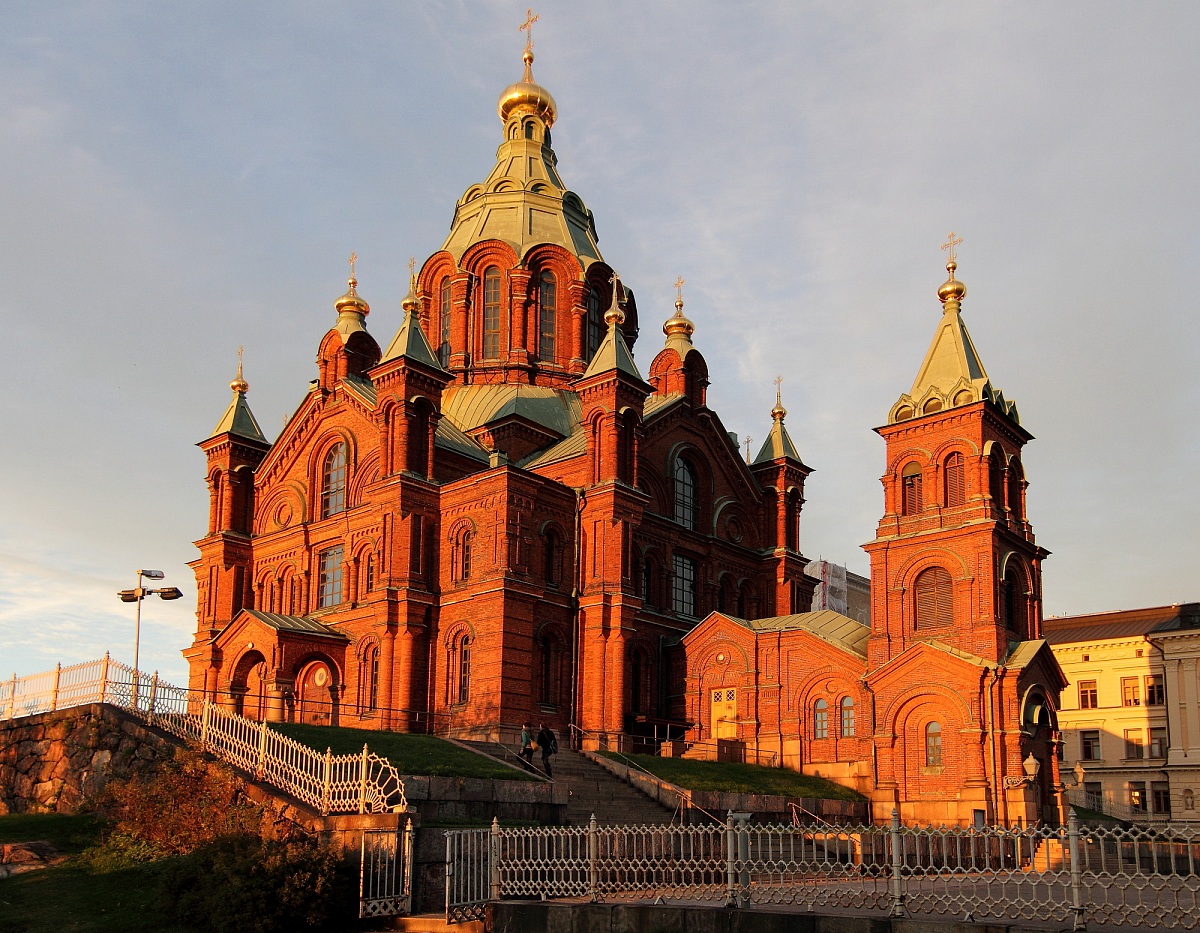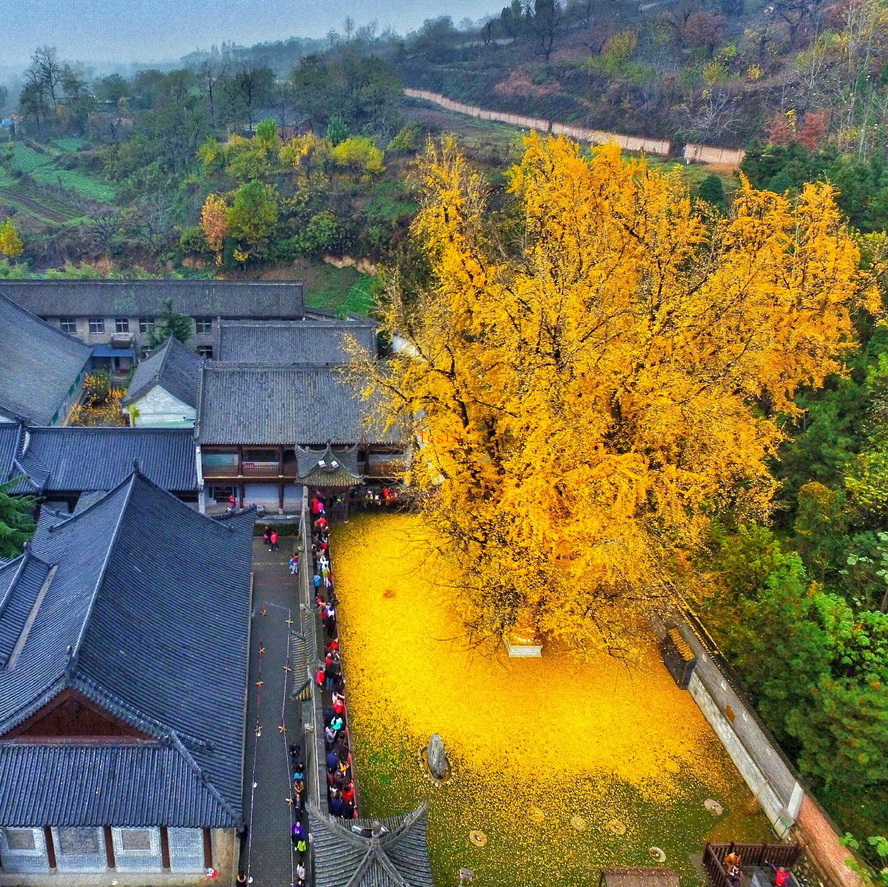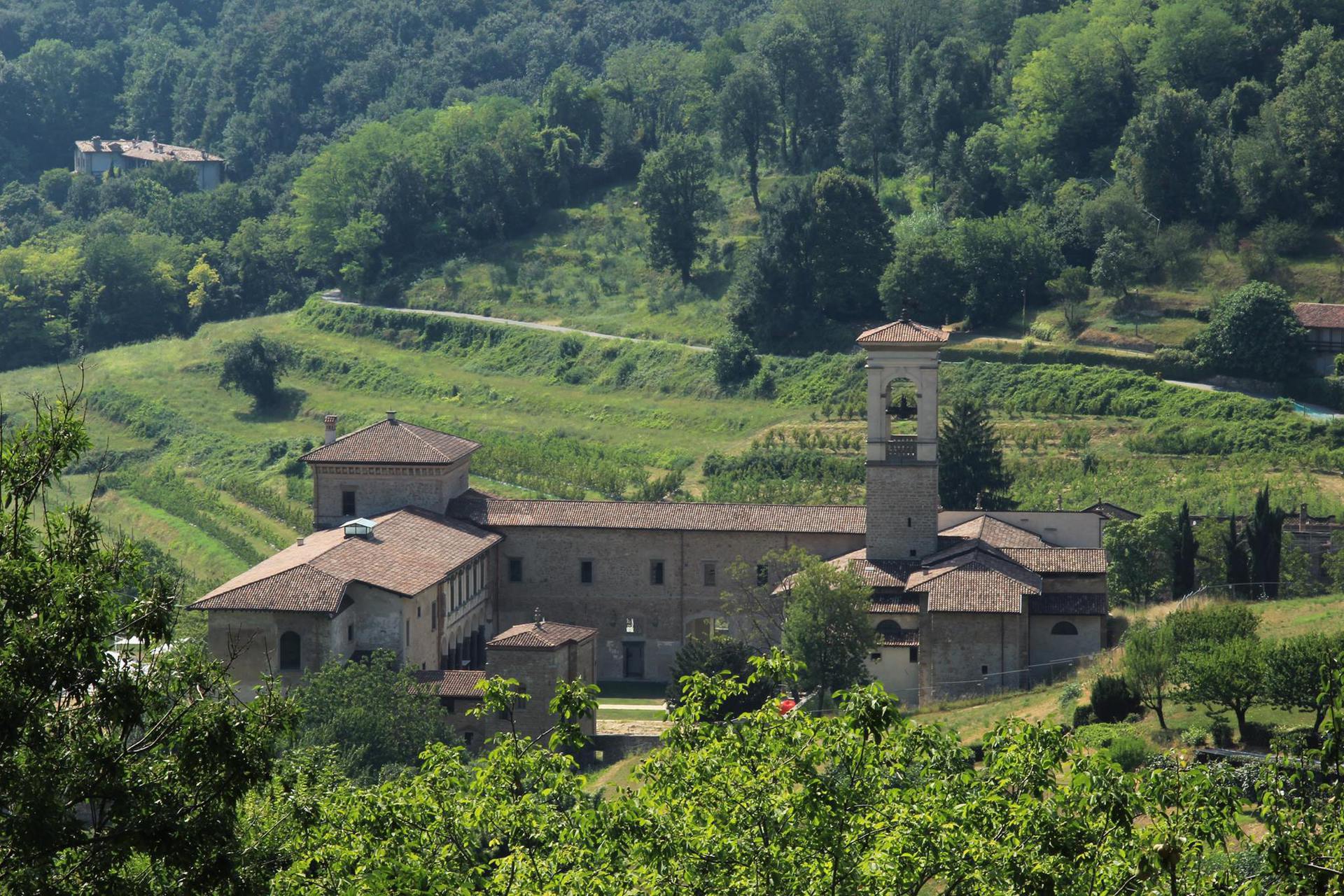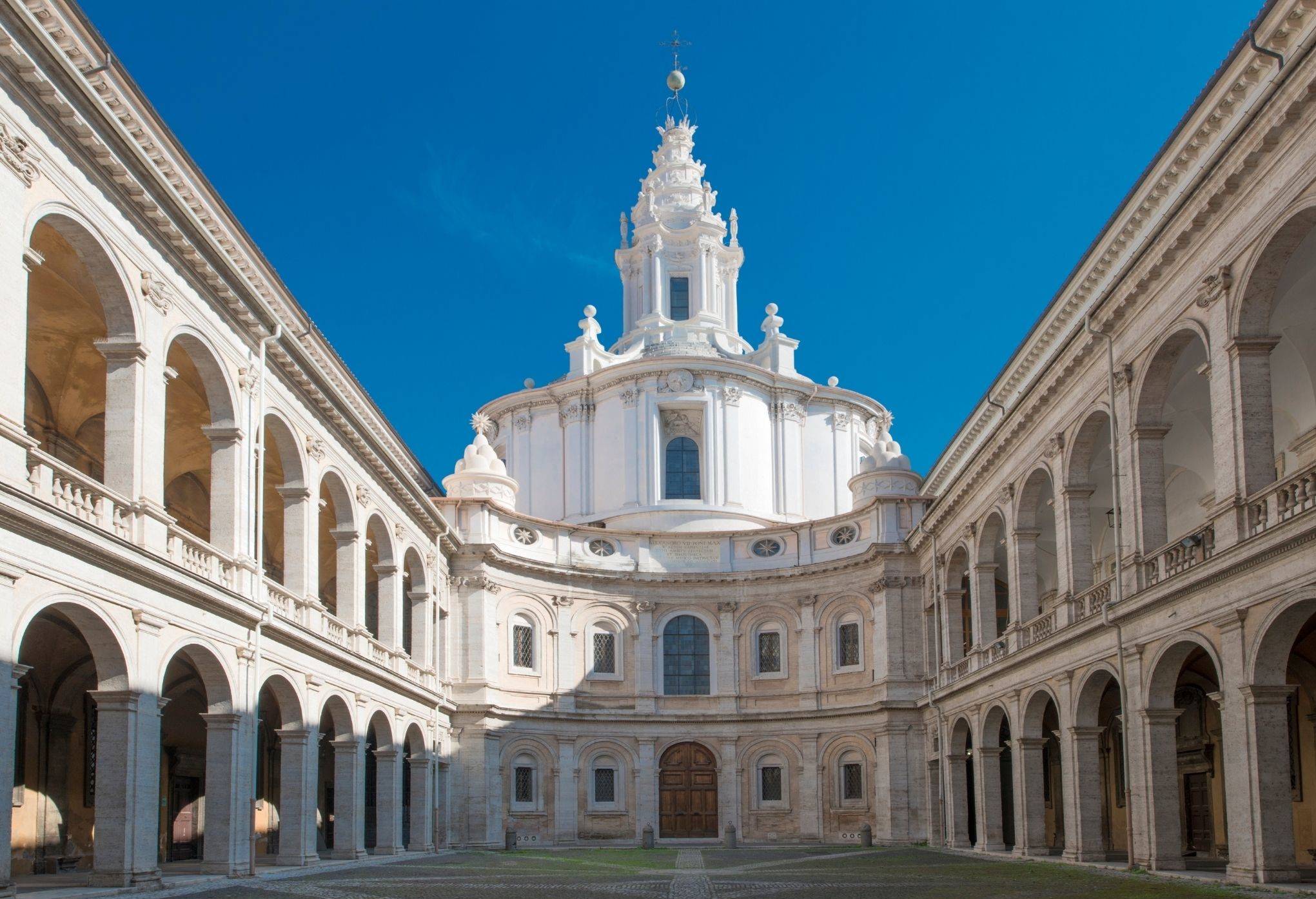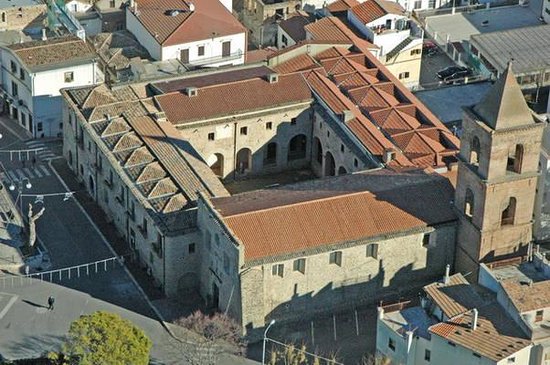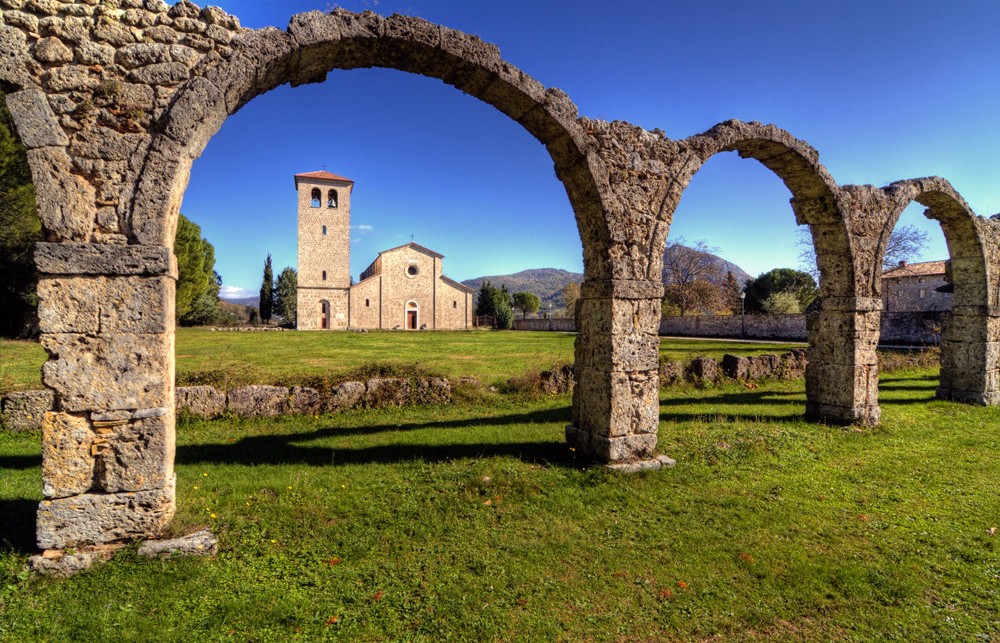The history of the Church of Our Lady of the Bridge is closely linked to the bridge, or rather the bridges over which it is built.
The construction on the bridge known as Diocletian’s Bridge of the first oratory-named first after Mary Most Holy of the Bridge and then after St. Mary of Grace-by the citizens in 1389 was necessary to guard an ancient statue found in the spans of the bridge following the 1088 earthquake. Tradition, unconfirmed, has it that the statue of the Madonna and Child was from the 8th century and of Byzantine workmanship, and that it had been hidden in the bridge to save it from the iconoclastic fury that raged in those years.More likely, as reported by the historian Antinori, the ancient chapel contained only a painted image of the Virgin, and the present terracotta sculpture dates from the late 14th century.
The first oratory, which stood at the present Chapel of the Blessed Sacrament, contained the statuette of Our Lady flanked by figures of the twelve apostles. It was precisely this placement, among full-length figures, that prompted the completion of the originally half-length Marian artifact.
Subsequent enlargements of the oratory, necessary as a result of the growing number of worshippers who turned to Our Lady of the Bridge obtaining copious graces, led in later stages to the building of the Basilica in its present form, which took place at the end of the 18th century, based on plans by architect Eugenio Micchitelli, after the demolition of another building of worship, the church of the Santissima Annunziata, the city’s first cathedral following Lanciano’s erection first as an episcopal see (1515) and then as an archbishopric (1562).
The facade, work on which began in 1819, was never completed. It features a forepart consisting of a three-light portico with columns topped by the balustrade of a terrace. Its masonry is of face brick, and is one of the best examples of the application of terracotta to the architectural order.
The imposing four-story bell tower (including the one now buried due to the raising and leveling of the square) was built between 1610 and 1640, by Tommaso Sotardo of Milan.
Consolidation work on the structures was carried out in 1942-43 and, more recently, in the period from 1985 to 1996, during its closure following an earthquake event.
